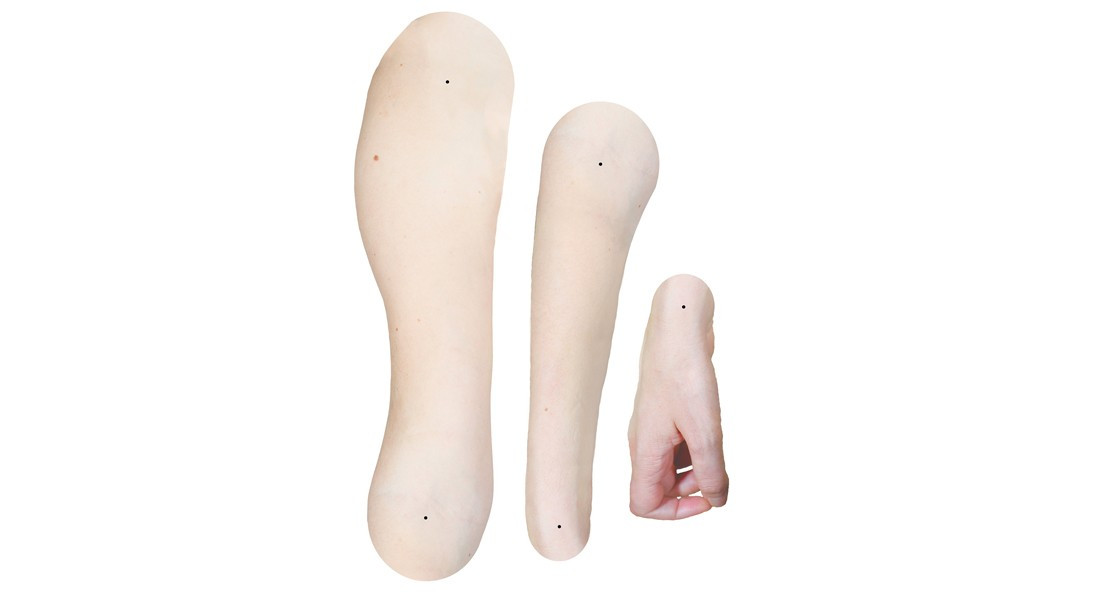A different look at disabilities
Art exhibit gives distinct perspective on mental and physical health
Although The Scream by Edward Munch and The Starry Night by Vincent van Gogh are considered by some to be two of the world’s most revered art pieces, more focus is often placed on the art than the experiences and health issues of these artists.
However, the University of Winnipeg’s latest Gallery 1C03 display seeks to change this for contemporary artists through its first 2020 exhibit Yearning for Comfort, Not Cure. It features six Canadian artists who portray disabilities, madness and chronic illness through a variety of art forms like crafts, digital media and performance pieces.
Curator and current honours student Adele Ruhdorfer (who is working toward a bachelor’s degree in art history) says she incorporated a variety of ideas to capture a focus on health issues that artists endure.
“I have taken a lot of women and gender studies and disability studies courses, so I wanted to think of art history through these frameworks,” she says.
“I noticed that in historical art, although some artists may have disabilities and mental health issues like van Gogh, it does not necessarily get centred in art history work.”
Ruhdorfer says the exhibit’s title originates from one of her academic readings.
“The title comes from Eli Clare’s Brilliant Imperfection, and throughout this book, the author explores the many purposes of cures, how (they) can save lives or manipulate lives, and how (they provides)therapy and comfort,” she says.
“I want to point out that curing or fixing our bodies is not always our main priority. Some people may think that if you are disabled or chronically ill, that you just want to fix or alter your body, which is not necessarily the case
every time.”
Rudorfer notes that if less focus is placed on finding cures, then more focus can be placed on social support and comforting experiences that the medical industrial complex may not provide.
Local visual artist Yvette Cenerini is one of the exhibit’s featured artists, and she gives some insight into her pieces.
“I work in digital collage, and normally I use images from the internet or social media, but this time I decided to have my own body photographed,” she says.
“I collaged the images of my body back together in a standing form, so that I would be able to see what I look like standing instead of sitting, which I have been doing for the last 30 years.”
Cenerini, who is paralyzed, says this art piece’s unique nature can have an interesting effect on viewers.
“I have collaged the body parts in a paper-doll template manner, where the doll can be reassembled. This gives the power to the viewer to do what they want with the body parts, like moving the arms and legs as needed, and, as I cannot freely move my limbs, this experience can give the viewer a chance to feel their role in caregiving in society.”
Published in Volume 74, Number 14 of The Uniter (January 16, 2020)







